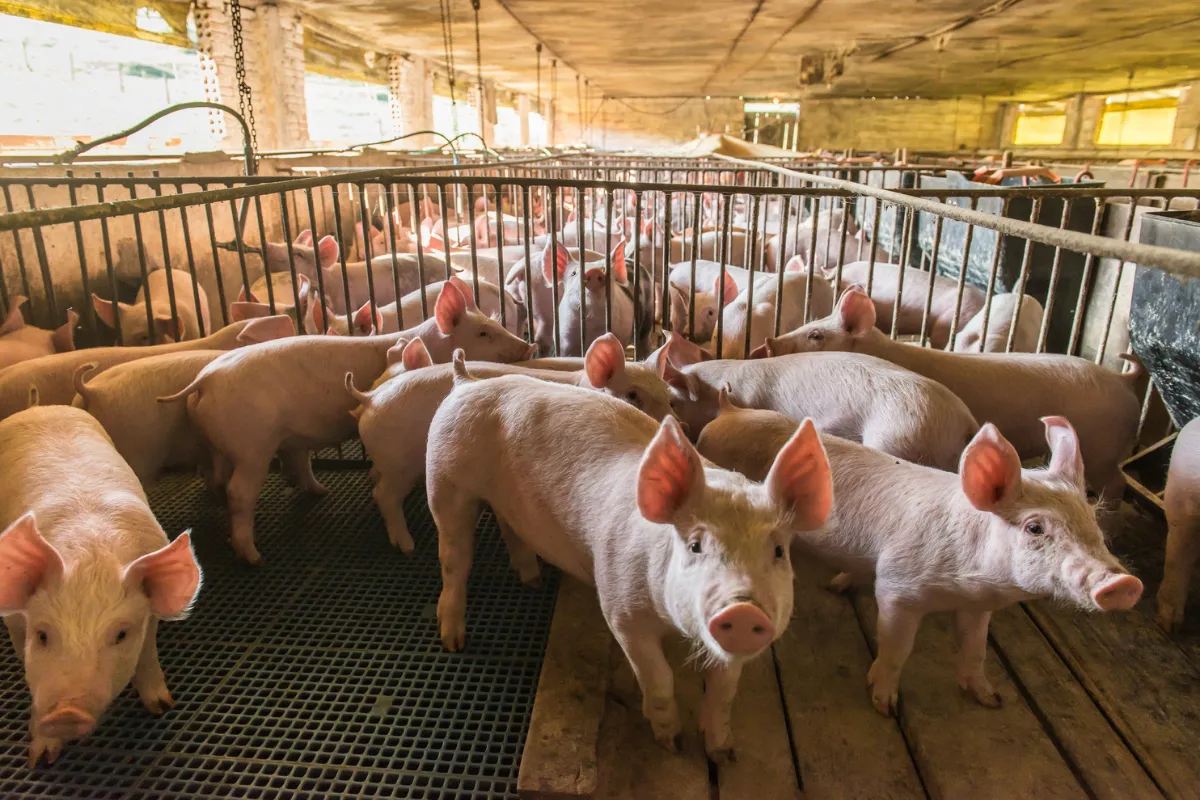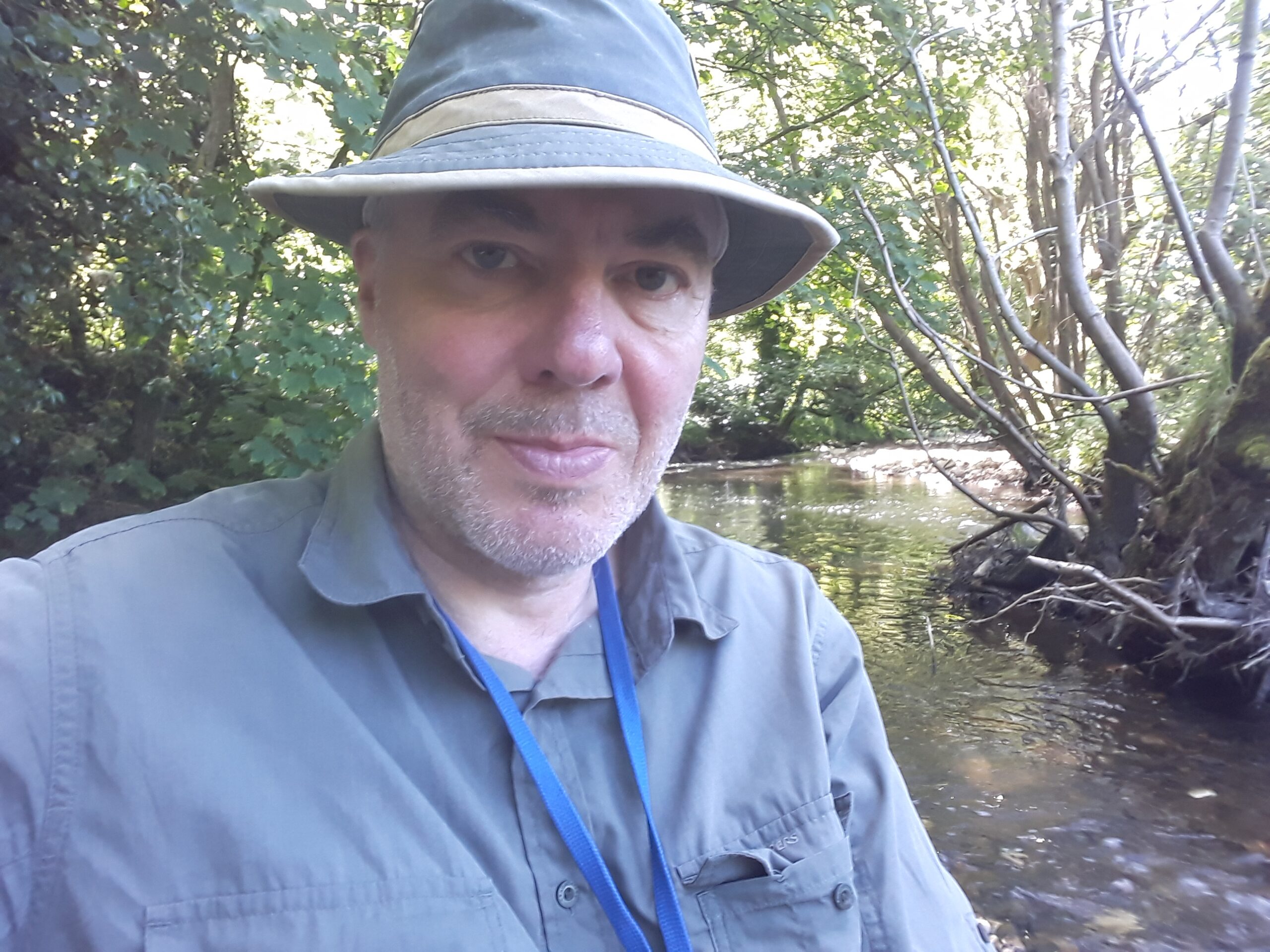More Government schemes that will radically change how farming and the environment are managed in the post-Brexit era have been announced this week. The latest schemes are directed at farmers and will see the management of water and carbon as much a part of the business of farming as the production of crops and livestock.
While cautiously welcoming the general direction, conservation groups say that it could be that a ‘historic opportunity is being wasted’ to reform how farming is done in a post-Brexit landscape.
The Government’s overall aim is to bring farming activities into line with nature restoration and end the destructive practices encouraged by the Common Agricultural Policy (CAP) when we were members of the European Union, which gave farmers the incentive to farm intensively with too little regard for environmental impact and rewarded them financially for the area of land they held rather than how they managed it.
While these policies have seen agricultural production steadily rise, it has resulted in huge damage to nature, with declines of as much as 54% of farmland birds and 35% of butterfly species in these habitats between 1970 and 2017.
Meanwhile, only 14% of our rivers are now considered to be in ‘good ecological status’ as defined by the Water Framework Directive. A significant factor in these poor ratings is diffuse agricultural pollution caused by intensive livestock farming.
The ‘big idea’ now is the Environmental Land Management Scheme (ELMS) which is designed to pay farmers for ‘public goods’, rewarding them for their role as ‘stewards of the natural environment’ and the services they provide to society as much as for the food they produce, where in England they will find their income largely by operating in the market.
The two schemes just announced are targeted at farmers: the ‘Local Nature Recovery’ and the ‘Landscape Recovery’ schemes. The Local Nature Recovery is to replace the existing Countryside Stewardship which has operated during the CAP era, but, the government says, ‘with more ambition’. It will pay farmers for locally targeted, smaller-scale actions that make space for nature in the farmed landscape and countryside, such as creating wildlife habitat, planting trees, or restoring peat and wetland areas.

The Landscape Recovery Scheme is bigger in scale and will operate over larger areas, and is much more ambitious in scope. This will require partnership working with local farming and conservation groups and will restore habitat by establishing new nature reserves, recreating floodplains to store water and protect downstream flooding as well as increasing biodiversity, and create new woodland and wetlands.
Announcing the schemes this week, Environment Secretary George Eustice said:
“We want to see profitable farming businesses producing nutritious food, underpinning a growing rural economy, where nature is recovering and people have better access to it.
“Through our new schemes, we are going to work with farmers and land managers to halt the decline in species, reduce our greenhouse gas emissions, increase woodland, improve water and air quality and create more space for nature.”
Tony Juniper, Chair of Natural England, a body which will be heavily involved in making these schemes work ‘on the ground’ by helping to coordinate partnership working, said:
“Collectively, these schemes mark an historic shift in the way we manage our land, setting us on course toward the production of sustainable food at the same time as rising to the urgent task of halting and reversing the decline of nature.
“More than two-thirds of England is farmed and these reforms pave the way for those who manage the land to produce healthy food alongside other vital benefits, such as carbon storage, clean water, reduced flood risk, thriving wildlife and beautiful landscapes for everyone to enjoy.”
Put in the context of the climate and biodiversity emergencies, and the government pledge in its 25-year environment plan to be the ‘first generation to leave the environment in better shape than we found it’, these latest schemes seem to be consistent with that aim. There is criticism, though, from both farmers and conservationists.
Three of our largest conservation organisations, the Wildlife Trusts, RSPB and National Trust, are concerned that the post-Brexit opportunity to radically overhaul how our landscape is managed for farming and conservation is being lost.
While they welcome the ambition and the government talk, they are finding it light on action. The charities warn that time is running out for the Government to get farming reforms right to halt the decline of species by 2030 and tackle the worsening climate emergency.
Craig Bennett, chief executive of the Wildlife Trusts, said:
“The real test of this agricultural transition is not so much whether it is a little bit better or moderately better than what came before, but whether it will be enough to deliver on the Government’s targets to get 30% of land managed for nature by 2030, to halt the loss of wild species abundance by 2030, to deliver on the Government’s own 25-year environment plan, and to make sure farmers are supported so that they help solve rather than worsen the nature and climate crises.
Anything less than that means that this historic opportunity will have been wasted. While we’re hearing the right noises from the Government, the devil will be in the detail – and the detail is still not published, nearly six years after the EU referendum.
Craig Bennett, Chief Executive of The Wildlife Trusts
The farmers’ biggest concern is the transition from CAP payments to the new ELMS payments, a process which many consider to be chaotic. Farm businesses have relied heavily on the old subsidies and DEFRA figures (2019/20) show that the average basic payment was £27,800 across all farm enterprises.
A survey of over 700 farmers for Farmers Weekly magazine found that more than three-quarters of farmers have no clear idea how they will make up the lost income, and that 36% of farm income came from the Basic Payment Scheme.

Tenant farmers, who make up over a third of all farms, are still unclear of their status and the Tenant Farmers Association (TFA) has expressed its “grave concerns” that their members in England are still unable to access new farm environmental schemes, despite assurances from Defra that their concerns were being addressed.
“It does feel,” said TFA Chief Executive George Dunn, “like we are pushing water uphill.”
The largest farmers’ union, the National Farmers Union (NFU), also has its concerns. Vice President Tom Bradshaw said:
“The NFU has always maintained that the ‘public money for public goods’ approach must focus on sustainable food production and environmental delivery going hand-in-hand. While it is encouraging that sustainable food production is recognised, there is still a lack of detail on how it fits in with the schemes’ ambitions to improve farm biodiversity, restore peatlands and manage woodlands.
“This lack of detail is preventing farmers from making crucial long-term decisions that are essential to them running viable and profitable businesses.”
The Nature Friendly Farming Network (NFFN) is a growing group of farmers whose members aim to farm in a sustainable manner. These are farmers with an ethos the government should be looking to encourage, but the NFFN was critical of last year’s announced Sustainable Farming Incentive (SFI) saying that it “hasn’t stoked the fires of agricultural reform quite so furiously as the rhetoric of recent months would have led us to believe.”
Of these latest schemes, Martin Lines, Chair of NFFN, said:
“We know that farming will play a key role in helping achieve climate and biodiversity targets, but it remains to be seen whether or not government schemes will move fast enough to support farmers in transitioning to more ambitious environmental management in time to make meaningful differences that will achieve these targets. As it stands, the schemes announced are lacking in detail, and without detail, commitment is nothing more than aspiration.”
"The Local Nature Recovery and Landscape Recovery schemes are pivotal in making nature recovery possible, but to truly reform land use so it is positively impactful, for both wildlife and farmers, the government needs to take bolder and more urgent steps than they are now."
An early version of the Local Nature Recovery scheme will be trialed in 2023 with a full roll-out across the country from 2024. By 2028, Government intends spending to be evenly split across farm-level, locally tailored, and landscape-scale investment.

